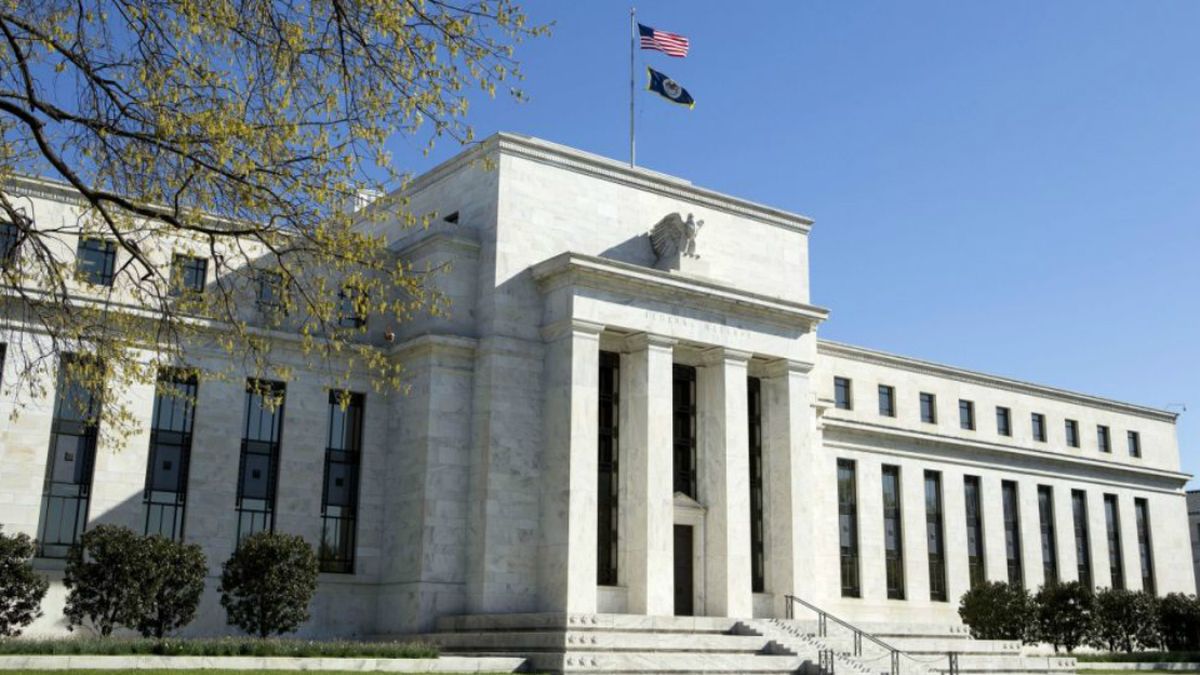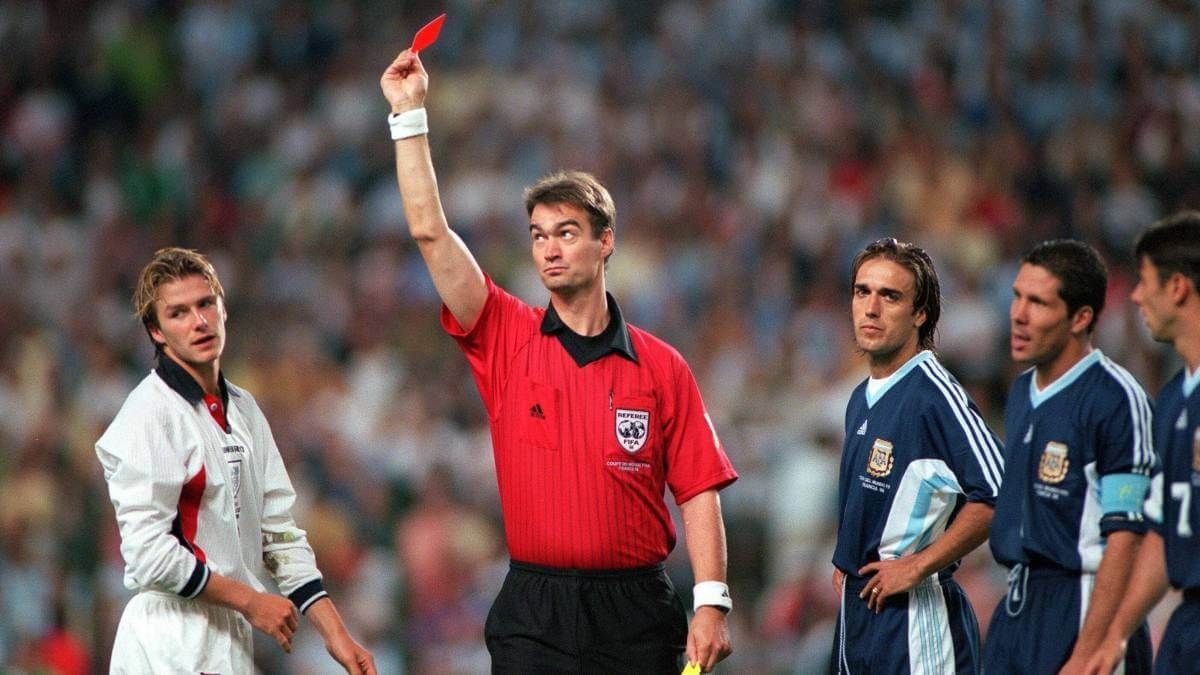The banking crisis affecting the US entities Silicon Valley Bank (SVB), Signature Bank and First Republica Bank, which, in the last few hours, was joined by the European Credit Suisse, generates fears of a global financial crisis and harms the dynamics of world markets, with a negative effect, mainly, on the financial sector assets. Within this context, Some debates are beginning to emerge regarding the problems of hyperconnectivity and dependence on world financial systemsabout how healthy or not state intervention in the economy is and how much financial regulators control the use of investor funds by banks.
This is how the lawyer Marcelo Saleme Murad puts it in dialogue with Ambit when he holds that the bankruptcy of the SVB and its backlash “highlight the weakness of global banking systemsand the interconnection that exists between all of them, causing a problem of this magnitude to have a full impact not only on the financial system of the United States, but also on all the countries of the world and, in a mediate way, on all the companies”.
In this sense, he believes that “we are before a new ENRON (the case of the energy company in the United States that forged the value of its shares), which, as in 2008, can cause a collapse of the entire financial system”, which can be greater or lesser, depending on the speed and depth of the reaction of the sector worldwide and of the monetary authorities. And, on the other hand, it notes that world inflation, as a result of the issuance made to deal with the pandemic, will cause a rearrangement of all currencies and values of goods, metals, commodities, etc., which will compromise the situation of many banking entities.
“It happens that the affected institutions made placements of the available balances deposited by the clients in long term bonds, which are more sensitive to changes in the interest rate,” he points out. And he warns that, based on that, it would be worrying if the monetary regulator decided to make the rate hike because, according to his vision, “it could trigger an increase in prices in that country.”
On this point, Saleme Murad believes that the intervention of the Fed raising rates is what has accelerated or caused the SVB problem and argues that this “demonstrates that the interference of central banks and governments in financial systems is generally more harmful than beneficial.”
This is an issue that has been debated for a long time in Argentina, where there is repeated talk about whether State intervention is necessary or not to guarantee the proper functioning of the economy. In general terms, it is necessary to guarantee regulatory compliance.
The economist Federico Glustein affirms in this regard that “the FED has no direct responsibility for the fall of the SVB and the subsequent crisis of the banking and financial system, but, yes, some indirect culpability”.
This is based on the fact that the rise in rates to lower inflation, added to a hawkish monetary policy (aggressive) caused some banks to have problems with the liquidity of the assets in their portfolio. “This led to distrust and withdrawals of funds from investors, causing entities to fall or, at least, generating an earthquake in the entire banking environment,” summarizes Glustein.
Who controls the investments of the banks?
And, here, another axis of the debate that unleashes this banking crisis appears regarding the functioning of the international financial system and that of the different countries: controls over what banks do with investor funds.
exit indicates that “the failures in the controls of the businesses that banks do with the money of savers deserve a separate paragraph, as demonstrated by the flawed application of the Sarbannes Oxley Act prior to 2008.” It refers to the rule that was enacted in the United States in 2002 to monitor publicly traded companies and prevent the value of shares from being fraudulently altered. The goal is to protect the investor.
Glustein explains that, It is not up to the FED to control what each entity invests in, but it does monitor any abnormalities. What happened in this case was that the SBV recognized losses of US$1.8 trillion, which alerted depositors and they withdrew 25% of deposits in one day. “That is a run that no bank could sustain,” he acknowledges. The issue is that the bank had investments in long-term paper and in mortgages with payment at maturity, “which is good in a context of insignificant inflation, growth and low rates”, which is not the current case.
“That is to say, it was all a consequence of bad operational decisions, but Fed policy obviously didn’t help to get out of thereGlustein clarifies. And he adds that there is no government control of investment decisions, but that is usually done by the Central Bank of each country, which is usually self-sufficient and independent. Consequently, he comments that, once certain rules are established, it is the financial and monetary entity that decides what to do with the funds and there are mechanisms to avoid bankruptcies or fraudulent operations.
BCRA Central Bank 03.jpg
In Argentina, the freedom of banks to integrate with reserve requirements the Treasury bonds authorized by the BCRA is highly criticized.
Ignacio Petunchi
And he maintains that, in the particular case of this banking crisisit is observed that the Fall of banks linked to the crypto world, for example, had no intrusion from the FED. As it is a decentralized investment system and outside the normal financial system, cryptocurrencies are not controlled by central banks in most of the countries of the world, they are “free”, as they call themselves and, therefore, controls are almost they do not exist.
In Argentina, precisely these days, the level of risk exposure of local banks is a topic of discussion, especially as a result of the issuance of the new regulation of the BCRA that allows bonds that are part of the debt exchange process to be included in reserve requirements made by the Treasury. And, in this sense, Saleme Murad warns that “the exposure of the Argentine financial system to Argentine public securities is very high” and considers that this can lead to serious solvency problems.
However, today the eyes of the world are on the banking crisis in the United States and, going forward, one of the great enigmas and concerns is if the Fed will decide to make the rate hike more flexible or not from now on, due to the crisis. The Fed would be between a rock and a hard place in that sense because, according to its vision, that “could trigger a price increase”, as Zorzoli warns, but it could also further weaken the strength of the local banking system, already badly deteriorated by these hours.
Source: Ambito
I am a 24-year-old writer and journalist who has been working in the news industry for the past two years. I write primarily about market news, so if you’re looking for insights into what’s going on in the stock market or economic indicators, you’ve come to the right place. I also dabble in writing articles on lifestyle trends and pop culture news.




